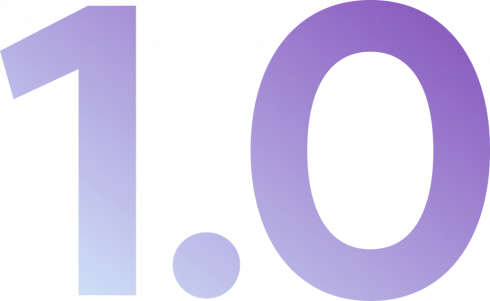
HashiCorp has announced a milestone release of its open-source infrastructure as code (IaC) software tool. Terraform 1.0 has been 10 years in the making and is a huge leap forward for the project in terms of interoperability, ease of updates and maintenance of automation workflows, the team explained.
When the idea of Terraform was first introduced, it had a three-part vision: automation, workflow and ecosystem. Today, the project has been a part of more than 100,000,00 downloads, 100,000 monthly users taking advantage of its learning guides, 10,000 associates and a growing ecosystem.
“The concept of 1.0 releases within HashiCorp is a big deal. This isn’t something we take lightly,” Kyle Ruddy, technical product marketing for Terraform at HashiCorp, said in a recent webinar.
He explained Terraform 1.0 really embraces scale, stability and interoperability. For instance, it is now cross-compatible between 0.24x, 0.15x and 1.0.x versions; remote state data source compatibility is now backported; regardless where it is being used it will continue to operate in a consistent manner; the upgrade process makes sure existing functional workflows continue to be operational; and there is a maintenance period of up to 18 months where the company will investigate bugs and release new features.
“Terraform has emerged as the lingua franca for infrastructure automation, delivering a best-in-class experience for users,” said Armon Dadgar, co-founder and CTO, HashiCorp. “This milestone release includes major enhancements focused on many fronts, which is designed to deliver stability, scalability and interoperability guarantees to Terraform users. With Terraform 1.0, users can feel confident about standardizing on this release for years to come, while also knowing we will continue to add exciting new innovations.”
Kristin Laemmert, a software engineer from HashiCorp, explained that 1.0 doesn’t really differ from the 0.15 version, but that the team has been working to meet the company’s high standards to get it to a sufficiently stable point before 1.0 could be announced. Those standards include that it is deployed broadly with many years in production; major use cases are understood and supported; it includes a well-defined user experience; and the product’s technical architecture is mature and stable.
“Terraform 1.0 satisfies all four requirements in the form of greater interoperability, easier upgrades, and a significant maintenance period to solidify your automation workflows and the stability of Terraform’s feature set,” Ruddy explained in a recent post.
More information is available here.








